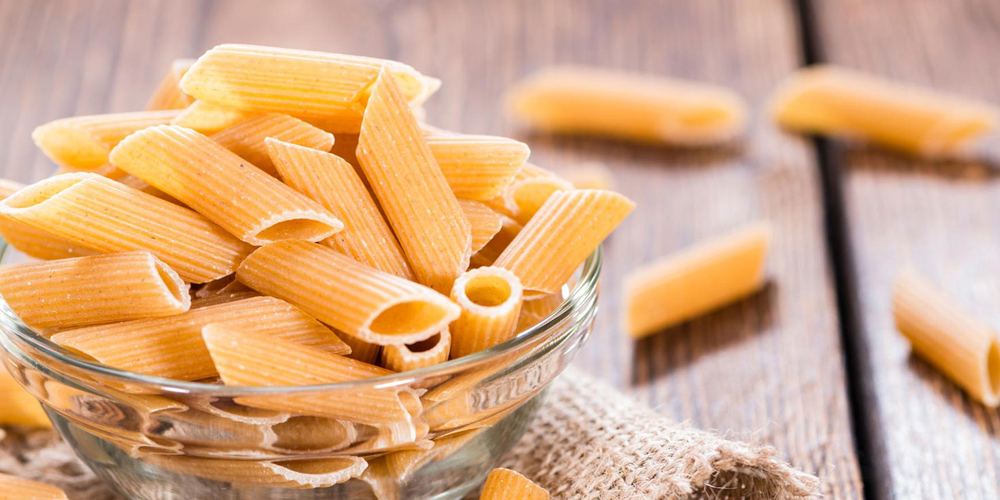Pasta in Neapolitan cuisine

Naples has a close relation with pasta. Since its invention, the Neapolitans have distinguished themselves in the making and eating pasta to become its symbol in the world. The tradition of pasta starts in the 17th century to never stop. Of all the cities in Naples that produced pasta, one stood out among all the others, the city of Gragnano.
The tradition of pasta in Campania: the city of Gragnano
Pasta began its maximum diffusion from the seventeenth when Naples, seized by the famine, devoted itself to the consumption and production of what over the years will be defined as white gold. Pasta was a food that could be stored for a long time and easily produced even at home with few ingredients.
Thanks to its humid climate, the city that stands out from the others are precisely Gragnano. Since the dawn of the kingdom of Italy, the city of Gragnano was at the top of the pasta production sector, so much so that the Gragnano producers became the largest pasta producers in the world. In this period Gragnano became the home of pasta so much that books, recipes and even poetry are dedicated to this particular pasta. The date to which the origin of Gragnano's fame as the homeland of the manufacture of pasta is traced back to July 12, 1845, the day on which the king of the Kingdom of Naples, Ferdinand II of Bourbon, during a lunch prepared with Gragnano pasta granted in Gragnano, the honour of Città dei Maccheroni.
The development of industry and architecture in the Campania hinterland has changed Gragnano to favour the development of pasta production, always favouring quality over quantity. Pasta di Gragnano, to date, has become an I.G.P product, obtaining the first community recognition of quality assigned to pasta in Italy and Europe.
How Gragnano pasta is made
Gragnano pasta is produced only with durum wheat semolina and water from Gragnan aquifers, while the extrusion of the dough takes place through dies made of bronze. The drying must be carried out at a temperature between 40 ° and 80 ° C. After cooling down, for about a day, the pasta is packaged.
Eat the real Neapolitan pasta
Gragnano is a must for pasta in all its forms and this means that the pasta factories in this area are the most famous and in-demand in the world. Among these pasta factories, I can't help but mention Pastificio De Martino, which for generations has brought its Gragnano pasta to tables all over the world. With the skill acquired over the years, the De Martino pasta factory becomes the emblem of the city of pasta par excellence.
And what are you doing? Come and try the speciality of our land.










Lascia un commento